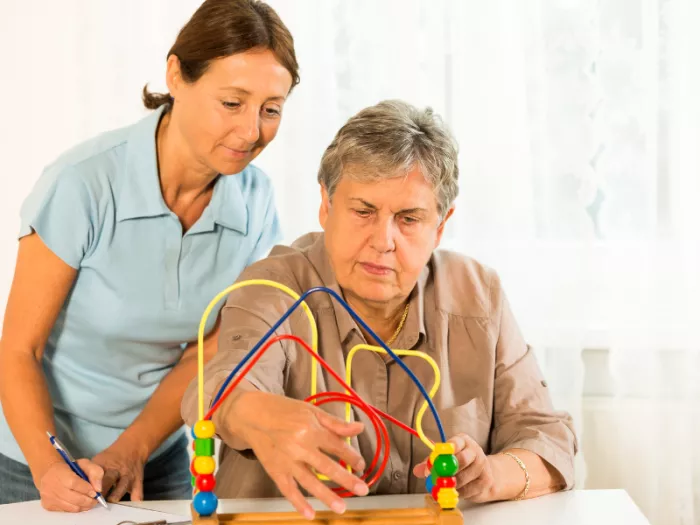Tips & Tricks
3 min read
Destroying the Myths of OT: It Is Not Just For Elderly People


When most people hear the phrase occupational therapy, they often picture children with developmental delays or elderly individuals recovering from strokes or falls. While these are certainly populations that benefit from OT, this limited view overlooks the true scope and power of the profession. Occupational therapy is for everyone, at every stage of life—from busy professionals and college students to athletes, new parents, and individuals recovering from trauma or mental health challenges.
It's time to bust the biggest myths about occupational therapy and reveal how it plays a vital role in improving lives beyond childhood and old age.
One of the most persistent misconceptions is that occupational therapy is all about physical recovery, like relearning to walk or regain hand coordination. In truth, OT is about helping people engage in meaningful activities—occupations—that support their health and wellbeing. This could mean helping someone with anxiety return to work, coaching a young adult to manage time and executive function, or supporting a burn survivor in regaining independence in daily tasks. It is much broader and deeper than rehab alone.

While it’s true that many seniors benefit from OT, especially for fall prevention and cognitive decline, limiting it to older adults ignores its value for younger populations. Adults in their 20s to 50s face their own challenges: workplace injuries, repetitive strain, mental health crises, or even just burnout from managing work, parenting, and life balance. OT can help them optimise their routines, manage stress, reduce pain, and regain control of their daily lives.
Yes, children with autism or developmental disorders do benefit greatly from occupational therapy. But so do teens navigating ADHD, college students overwhelmed with performance anxiety, and young adults recovering from injury or trauma. OT helps people identify their goals and build strategies to meet them – whether that’s improving handwriting, managing sensory overload, or establishing a healthy sleep routine. And speaking of routines, digital habits are now a major focus in sleep-related interventions. If you’ve ever wondered how screen time affects your rest, this article on how digital technology impacts sleep offers helpful insights.
While physical therapy (PT) focuses more on improving movement and strength, OT looks at how those improvements translate into function. An occupational therapist might work on strengthening your arms, but the end goal is helping you cook a meal, brush your teeth, or return to your job. The key distinction is OT is always oriented around what matters most to you in your daily life.
Occupational therapy in NJ and other States is rapidly expanding – offering services not just in hospitals and schools, but in outpatient clinics, community health centres, mental health programs, and even corporate wellness initiatives. Whether you’re a young adult with carpal tunnel from remote work or a middle-aged parent seeking better stress management, NJ occupational therapy has evolved to meet your needs. Learn more about occupational therapy services here.
The bottom line is occupational therapy is not limited by age or condition. It’s a powerful, client-centred profession designed to help people live fuller, healthier lives. If you’re struggling to do what you need or love – no matter your age – an occupational therapist might be just the support you need.
Be the first to post comment!